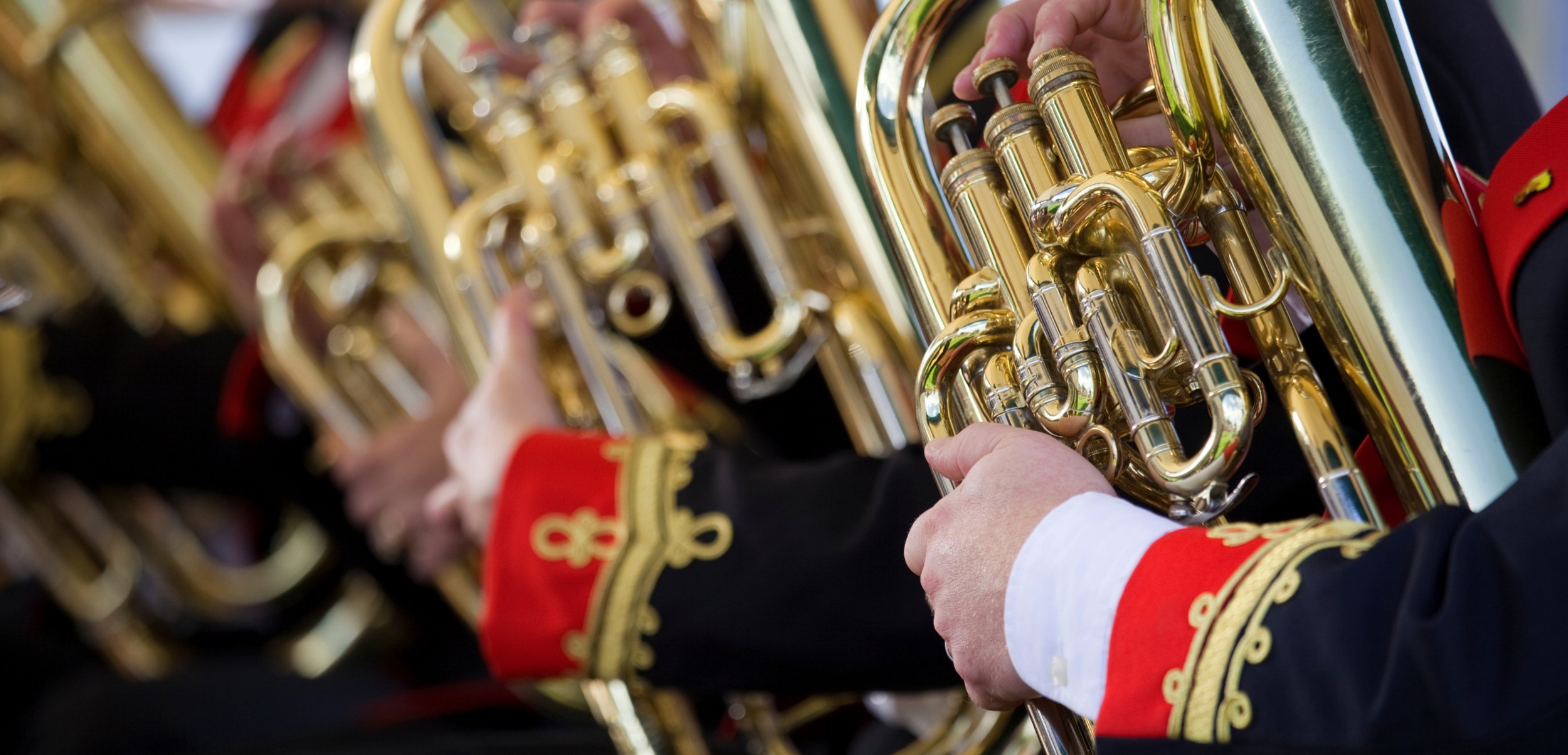
Brass Band
Music for Battle Creek
Grade 6 | 14 Mins
Music for Battle Creek was commissioned by the Brass Band of Battle Creek, Michigan, USA, with funds provided by the W. K. Kellogg Foundation. It is dedicated to Russell and LuAnn Mawby – Russ was a former CEO and President of the W. K. Kellogg Foundation. The Brass Band of Battle Creek gave the American premiere in December 2007, conducted by Sarah Ioannides. It was also chosen as the test piece for the Championship Finals of the British National Brass Band Championships held in the Royal Albert Hall, London, on 20th October 2007, where it received its first performance.
The Brass Band of Battle Creek is a professional ensemble which was formed in 1989 by brothers Jim and Bill Gray, themselves both amateur brass players. The members are hand-picked from some of the best brass players in the world, taken from orchestras, US service bands and specialists from the British brass band scene; they meet 2 or 3 times a year for rehearsals, recordings and concerts and have built up a huge following and spectacular reputation. Philip Sparke first met the BBBC in 1992 on a visit to Michigan and has been a fan of the band ever since. A chance to write a substantial piece for such a stunning ensemble was too good to miss.
The composer’s aim was to write an ‘American’ piece, one full of excitement, bravado and virtuosity and saluting the ‘can do’ attitude which he so admires in the Gray brothers.
The work is in 3 joined movements:
1. Prelude and Toccata
The work opens with a quasi-fanfare based on intervals of the third (and the compound chords these can produce) and this serves as an introduction to an extended cadenza passage for solo cornet and euphonium, which ends calmly. The following Toccata is again built around figures based on the third until the whole band joins in a concerted climax. Various themes and moods follow until the trombones intone a chorale which later becomes an important feature of both the first and last movements. This brings a feeling of optimism which is interrupted by a return of the Toccata. However the chorale theme is triumphant and the movement ends in a positive vein. A short Interlude leads to:
2. Elegy: In memoriam, John and Marguerite Gray
The second movement is a tribute to Bill and Jim’s parents and starts in fairly sombre mood until a euphonium introduces a mood of tranquil serenity. The melody becomes more and more passionate as more instruments take the lead until the whole band plays a hushed hymn of thanksgiving; this again builds to an emotional climax before the movement ends calmly.
3. Rondo Finale
The last movement is in fact two rondos in one; the contrasting themes that keep on trying to return and dominate the musical argument are a chromatic and jazzily syncopated fugue and a powerful Bach-like chorale. After they have both appeared, trombone and solo horn try to establish their own presence but are swept away by a strong unison passage accompanied but undulating cornets. This in turn is usurped by the fugue theme which seems to be taking a strong hold until the chorale reappears. This is then chaotically combined with the fugue until order is restored by a return of the trombone figure from the first movement. This leads to an emphatic close in up-beat mood, but not before the fugue tries a last attempt to steal the limelight.
